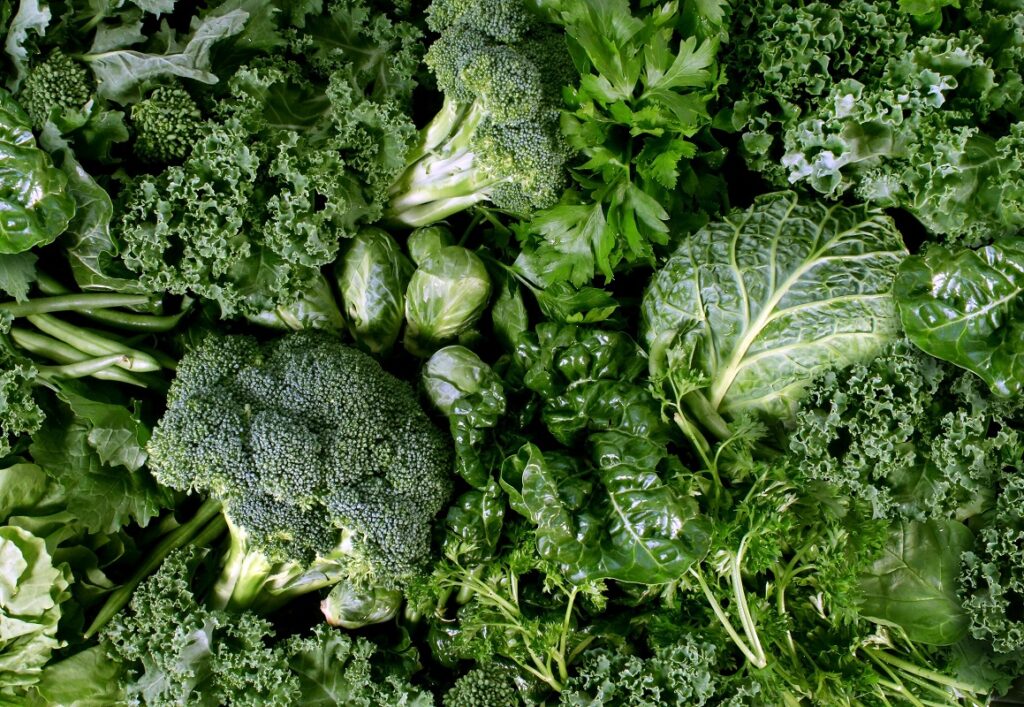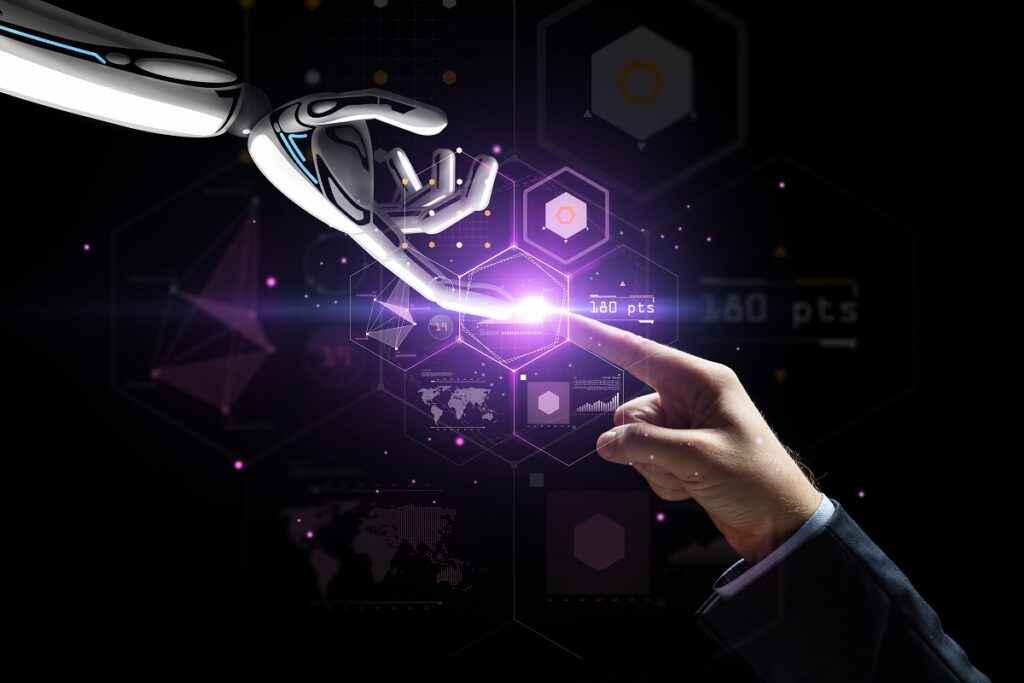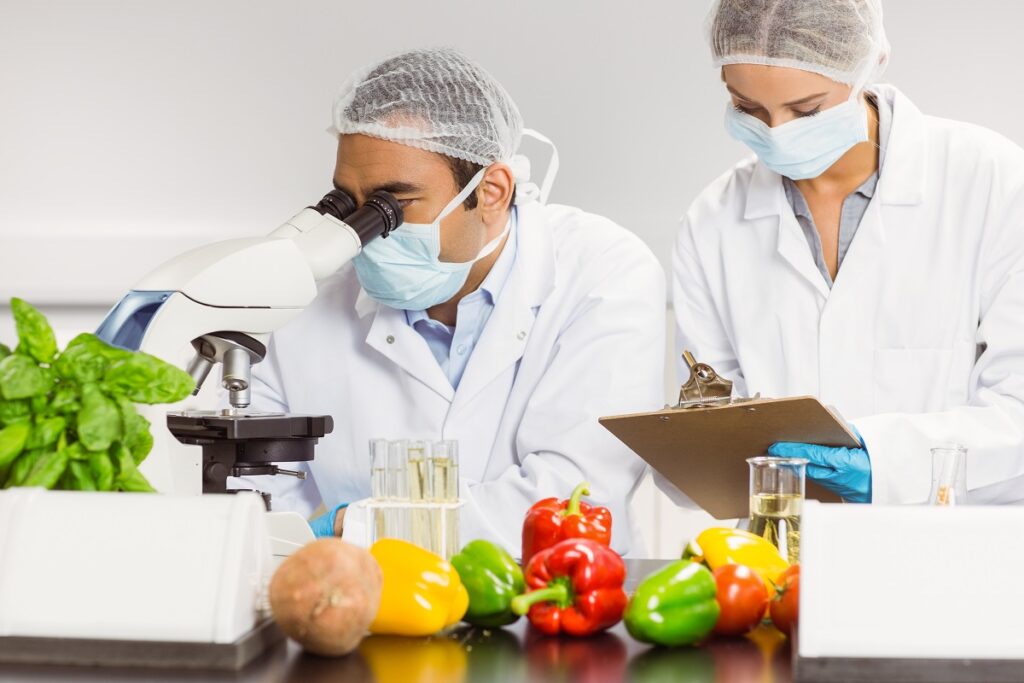Imagine a world where every meal you eat has a secret science recipe. It’s like blending ingredients in a magical kitchen. That’s what happens when food meets science and technology. They work together to make food tastier, safer, and cooler.
This article explores the remarkable ways they’re changing food. From robot chefs to new flavors, it’s like a food adventure. Learning about these changes helps everyone become a food science expert in their kitchen. So, get ready to discover the incredible food science and tech world!
Plant-Based Revolution

The plant-based revolution is changing how people eat. Instead of just meat, many are using plants to make tasty food. This significant change is making meals healthier and better for the planet.
Some clever companies have made plant-based burgers and milk that taste amazing. Imagine eating a burger that tastes like meat but is made from vegetables and grains. It’s a fantastic feat of food science.
This new way of eating is growing fast. In 2022, the plant-based food market was worth $44.68 Billion. That’s a lot of green goodness on plates and in pockets.
Cellular Agriculture and Lab-Grown Meat
These creations are like food from the future. Scientists use tiny cells to produce real meat without harming animals. Mosa Meat, Eat Just, and Upside Food are the leaders of this innovative concept. They cultivate meat in labs, creating delicious and eco-friendly options.
Imagine burgers and chicken made in a lab. This approach benefits the environment by reducing land and water usage, as well as greenhouse gas emissions. So people can enjoy tasty food without causing harm to animals or the planet. It’s a technologically advanced way to eat, improving the world, one bite at a time.
Sustainable Packaging Innovations
Sustainable packaging is revolutionizing the way things are wrapped. Exciting new ideas utilize environmentally-friendly materials, such as plant-based plastics. Some packages even dissolve in water. Companies are creatively designing boxes that transform into something else after use.
The demand for this eco-friendly packaging is high, with 81% of people asking for it. Just imagine a world with less plastic waste and more ingenious packaging solutions. This transformation is already underway, and it’s going to be an exciting journey.
Personalized Nutrition and AI

Personalized nutrition through AI is like having a smart food coach. Artificial Intelligence, or AI, studies what you like to eat and how your body works. It suggests foods that are tailored to your needs and health goals. It can also track what you eat and recommend healthier options.
Apps like Nutrigenomix and Zoe make these special plans. Imagine a food guide that knows you so well. It’s a powerful way to level your nutrition and live healthier.
Food Safety Enhancements with Blockchain
This innovation is like a safety net for your meals. Blockchain tech helps track food from farm to table, ensuring it’s safe. Walmart and IBM use it to follow lettuce and chicken on their journey.
Studies say blockchain could cut food fraud by $31 billion. Imagine knowing every step of your food’s adventure and feeling confident it’s safe. This high-tech system is like a superhero for stomachs, keeping people healthy and happy with every bite.
3D Printing in Food Production
Instead of a regular kitchen, chefs use machines to make food from layers of ingredients. It’s similar to building delicious sculptures. Fancy places like Michelin-star restaurants are trying it. They’ve made pasta, chocolate, and even pizza using 3D printers.
Imagine a dessert that looks like art and tastes amazing. 3D printing is joining restaurant kitchens, making meals that mix science and taste. It’s changing how people eat, serving up future-feeling food that’s as fun to look at as it is to eat.
Smart Agriculture and Precision Farming
Technology helps farmers grow better crops and take care of animals. Drones fly over fields, checking plants’ health. Tractors use GPS to plant seeds exactly where they’re needed. It saves time and water and makes food tastier.
Around the world, farmers are using innovative tools to grow more food with less waste. It’s a tech revolution on the farm, ensuring we have yummy, healthy food while caring for the planet. Smart agriculture is the future of farming, using gadgets and gizmos to help crops thrive.
Food Waste Reduction Strategies

These strategies are like rescue missions for leftovers. Technology helps stop throwing away so much food. Apps like Too Good To Go and platforms like Food Rescue US connect extra food with hungry people.
Imagine a world where less food gets tossed, and more goes to good use. These smart solutions are fighting food waste, making sure food goes to bellies instead of bins. It offers a cutting-edge solution to benefit both the environment and finances, all through enjoying a meal.
Novel Ingredients and Functional Foods
Scientists develop unique ingredients to enhance the nutritional value of meals. These include foods that provide energy and support heart health, such as probiotic yogurts and vitamin-rich nuts. These incredible foods can even help combat illnesses!
Researchers believe they can also be beneficial for health conditions like diabetes. Just imagine enjoying delicious food that also contributes to your well-being. Functional foods are revolutionizing the way people approach good health. By combining food science and technology, they can create meals that taste amazing and nourish your body too.
Virtual Reality Dining Experiences
Imagine wearing special goggles and being transported to a different place while you eat. Some restaurants use virtual reality to create dream-like dining experiences. People love it—interest in these unique meals has increased by 70%.
Picture yourself enjoying a delicious dish while exploring a virtual beach or a fantasy forest. It’s a glimpse into the future, where food and fun come together. Virtual reality is revolutionizing how people dine, creating sensory feasts beyond taste.
The above shows the wide range of trends shaping the culinary landscape in the ever-changing world of food science and technology. These innovations are revolutionizing the food experience from lab-grown meats to personalized nutrition. It’s not just about what’s on the plate today but how it paves the way for a tastier, healthier, and more sustainable food future.

